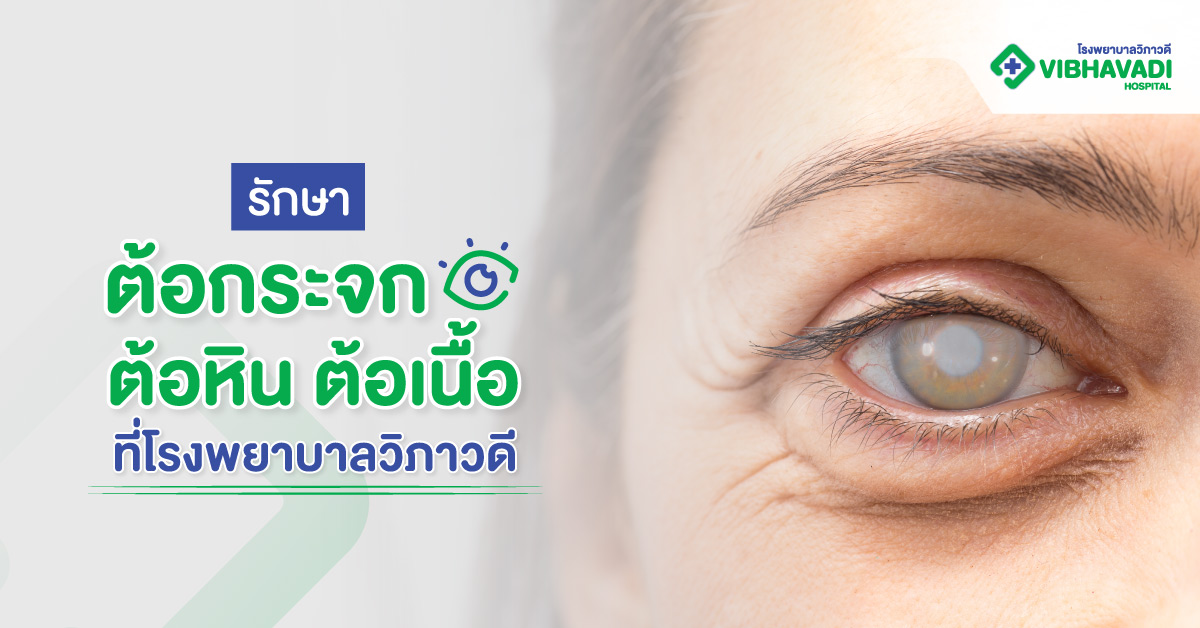Cataracts & Eye Disorders

Cataracts & Eye Disorders: Symptoms, Causes & Treatment
Key Takeaway
Cataracts and other eye conditions involve abnormalities in the eye tissue or lens, caused by factors such as age, UV exposure, genetics, inflammation, or underlying health issues. Warning signs include blurred vision, double vision, glare, or cloudy spots on the eye. Treatment depends on type and severity, ranging from medication and laser therapy to modern surgery, with follow-up care to prevent complications.
Understanding Cataracts and Eye Disorders
Eye disorders such as cataracts, glaucoma, and pterygium are common and can lead to vision loss if untreated. Advanced diagnostics and modern treatments, including bladeless cataract surgery and high-quality lens implants, restore vision and improve quality of life.
What is Cataract?
Cataracts occur when abnormal tissue or substances form on the cornea or lens. Common types include cataracts, pterygium, pinguecula, and glaucoma, each with different causes and visual impacts.
Common Symptoms of Cataracts
-
White or cloudy spots on the eye
-
Blurred or double vision
-
Eye irritation, redness, or discomfort
-
Sensitivity to light and glare
-
Progressive vision loss if untreated
Causes of Cataracts
-
Aging: lens and eye tissue degeneration
-
Genetics: family history of eye disorders
-
Chronic health conditions: diabetes, hypertension
-
Medications: long-term steroids or eye-impacting drugs
-
Environmental factors: dust, smoke, chemicals
-
UV exposure: prolonged sunlight
-
Eye injuries or previous surgeries
Types of Cataracts
-
Cataract: clouded lens causing blurred vision, glare, or foggy images
-
Glaucoma: high intraocular pressure damaging the optic nerve
-
Pterygium: red or pink tissue growing from the eye corner, may obstruct vision
-
Pinguecula: yellowish or whitish tissue on the eye, may cause irritation
Warning Signs to Watch
-
Changes in vision clarity or focus
-
Gradual loss of near or distance vision
-
Red, sore, or irritated eyes
-
Increased sensitivity to light
-
Eye lumps or tissue growth affecting vision
-
Difficulty seeing at night
Diagnosis of Cataracts
-
Medical history and basic eye exam
-
Tonometry: measuring intraocular pressure for glaucoma
-
Visual field test: checking peripheral vision
-
Slit lamp exam: detailed inspection of cornea, lens, and surrounding tissue
-
Ophthalmoscopy/Fundus exam: examining the retina and optic nerve
-
Advanced imaging: OCT or ultrasound for detailed assessment
Treatment Options
-
Medication: eye drops to reduce inflammation or control pressure
-
Laser therapy: opens drainage or removes abnormal tissue
-
Surgery: removal of cloudy lens or excess tissue, with follow-up care
Prevention and Eye Care
-
Regular eye check-ups for early detection
-
UV protection with sunglasses
-
Healthy lifestyle: antioxidant-rich diet, exercise, blood sugar and blood pressure control
-
Limit prolonged screen time and rest eyes frequently
-
Avoid eye injuries, improper contact lens use, and rubbing eyes
Summary
Cataracts and related eye disorders, including glaucoma, pterygium, and pinguecula, are common conditions that can impair vision if untreated. Causes include aging, UV exposure, genetics, chronic diseases, medications, and environmental factors. Early detection through regular eye exams, proper diagnosis, and modern treatments such as medication, laser therapy, or surgery can restore vision and prevent complications. Preventive care—like UV protection, healthy lifestyle, and proper eye habits—reduces the risk of vision loss.
FAQ
Can cataracts be fully cured?
Some types, like age-related cataracts, can be effectively treated with surgery. Others, such as glaucoma, can be managed but not fully cured.
Are there natural remedies for cataracts?
No proven natural remedies exist. Eye protection, healthy diet, and regular check-ups can help slow progression.
Can cataracts heal on their own?
Cataracts do not resolve without treatment. Early diagnosis and medical care are essential to prevent vision loss.
Is cataract surgery painful and how long is recovery?
Modern bladeless cataract surgery uses local anesthesia with minimal pain. Most patients resume normal activities within a few days.
Testimonials
Proud to take care of you


























